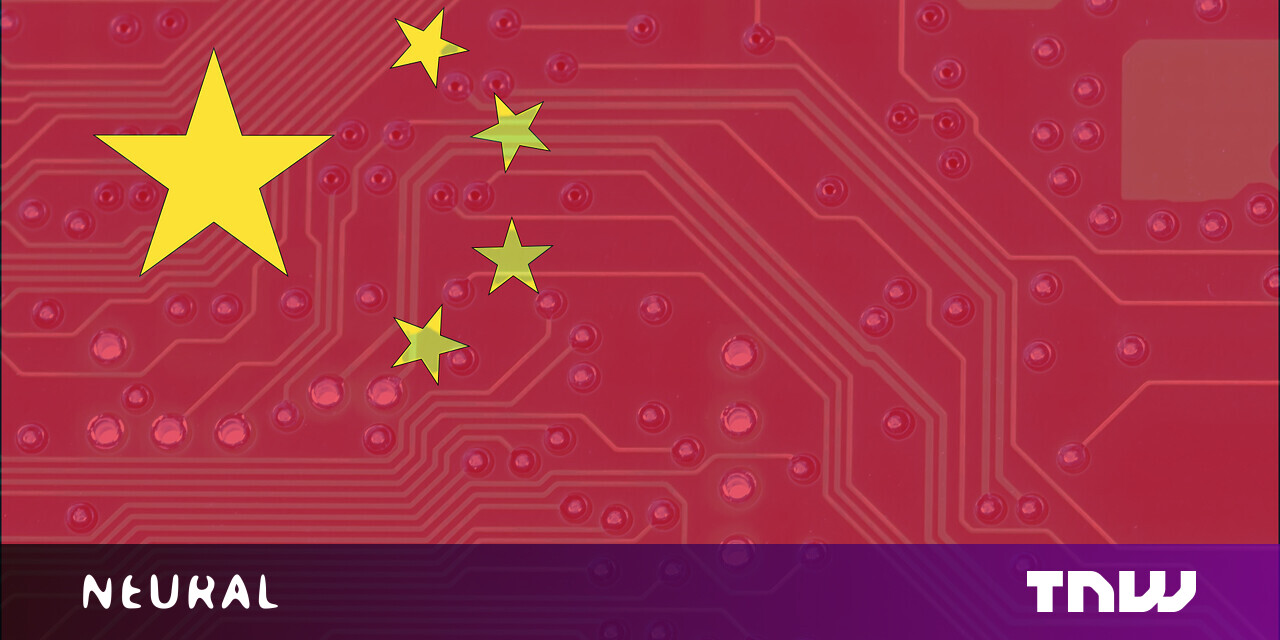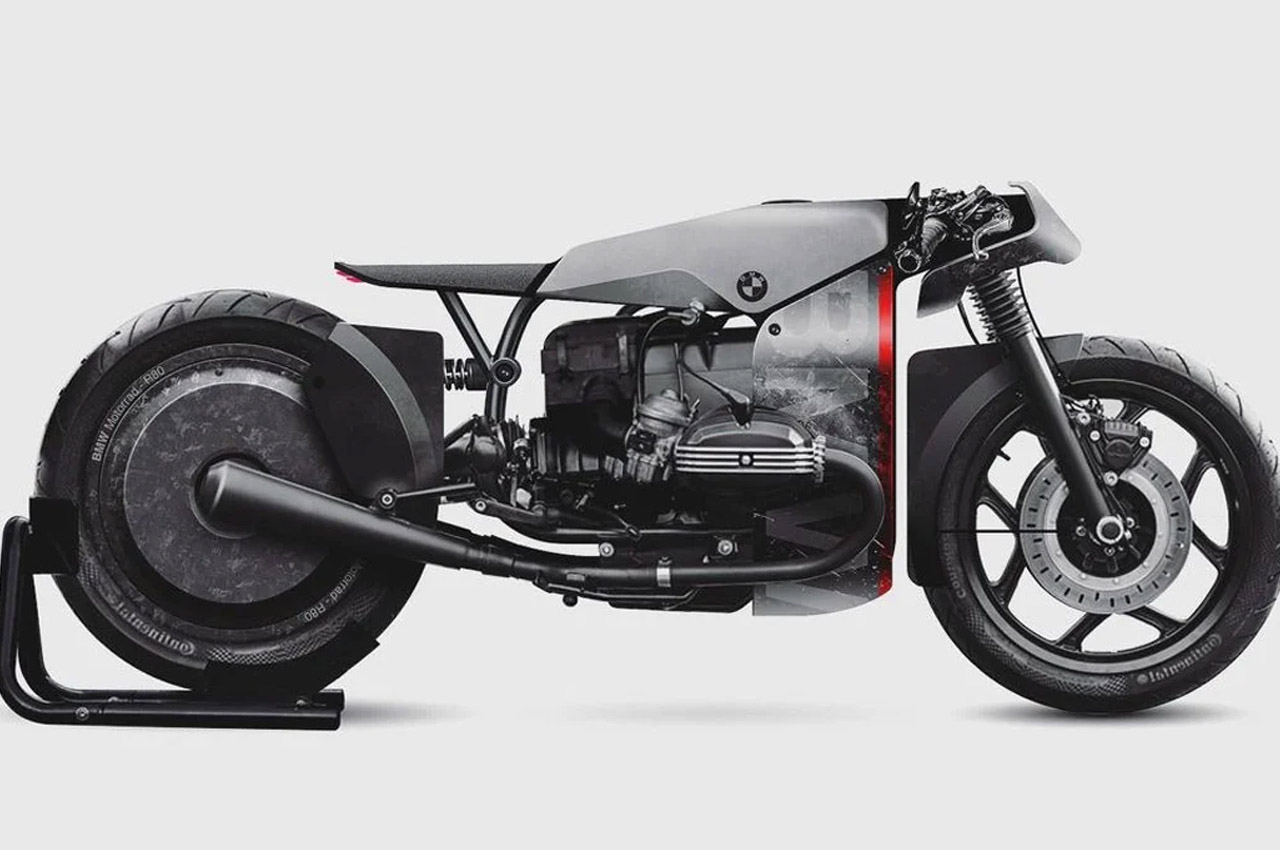#The 5 Best Mechanical Keyboard for Macs in 2021 – Review Geek

Table of Contents
“#The 5 Best Mechanical Keyboard for Macs in 2021 – Review Geek”

What to Look for in a Mechanical Keyboard
There’s a lot to consider when looking at a mechanical keyboard in general, and while we can’t cover everything here, these are the basics.
- macOS Programming: Most keyboards, especially on the mechanical side of things, are made with Windows in mind. This means the keyboard only has Windows controls printed on the keycaps and is, by default, programmed to be used with that operating system. Even if it does technically work with macOS, issues can crop up. To avoid this, we’ve made sure every keyboard on this list is specifically designed to work with macOS, and also includes macOS-friendly keycaps.
- Build Quality: Keyboards tend to be made out of plastic or aluminum, with aluminum being the more premium option. That doesn’t mean plastic keyboards are cheap garbage though; many still find a way to make the keyboard feel substantial in their hands, which is true of all the models featured on this list.
- Layout: While you’re probably used to the standard full layout you’d find on most keyboards, there are a lot of alternative layouts popular in the mechanical keyboard market. Tenkeyless (or TKL) boards cut off the NumPad to be more compact, 75% boards take the TKL layout and switch things up a bit, and smaller layouts like 60% or 65% are great for saving space. When it comes to layouts that remove a lot of keys, you’ll need to get used to using “key combinations” to access them again (for example, using FN + 3 to access F3).
- Keycaps: Keycaps are another area you’ll need to pay attention to, as there are ways to produce higher quality keycaps than you’d find on most boards. Keycaps are usually made out of ABS or PBT plastic, with PBT lasting longer and being more expensive (ABS is still plenty fine though). The main thing you want to look out for is double shotting and dye sublimation—both are methods of printing legends that ensure they’ll never fade (or take an extremely long time to in the case of dye-sublimation) and is something you’ll want to see on most mid-range to high-end boards.
- Switches: These are what make mechanical keyboards, well, mechanical, and the ones that are installed on your keyboard have a huge effect on how it feels to type on. There are three main categories of switches to be concerned with: Tactile (usually called “Brown” switches), Linear (usually called “Red” or “Black” switches), and Clicky (usually called “Blue” switches). Tactile switches have a noticeable bump when pushed down, so each keypress feels more substantial. Linear switches lack the bump, are quieter, and feel smooth to type on. Finally, clicky switches are similar to tactile ones, but also produce an audible clicking noise when pushed down. Naturally, there are more niche switch types out there as well, but these are the main ones you need to worry about.
- Wired/Wireless: This one is fairly straightforward: Do you want a wireless keyboard or not? Wireless removes the hassle of cords, sure, but it means you’ll have to deal with battery life and minor latency. Wired boards are simpler, but add yet another cord to your setup. Neither is better than the other, but there are definitely more wired keyboards out there than wireless.
- Extra Features: If you’re looking to get a bit more out of your keyboard, don’t fret: There are a ton of bonus features manufacturers can include. Hot swapping is a big one, allowing you to take out the switches on your keyboard and install new ones without soldering (makes it much easier to try out new switch types in the future). RGB lighting, reprogrammable keys, and dedicated media controls are also nice things to have, but none of these are necessarily must-haves. Software provided by the manufacturer for the keyboard can be extremely useful here, as it makes it simple to customize things like RGB (though none of the keyboards mentioned here include software).
Best Overall: Keychron Q1

- ✓ Aluminum body
- ✓ Hot swappable
- ✓ Customizable
- ✓ 75% layout
- ✓ RGB backlighting
- ✗ No wireless connection
- ✗ No software
When it comes to macOS-friendly mechanical keyboards, there’s hardly a brand more prolific than Keychron. And the Q1, Keychron’s latest and greatest model, has a lot of features to be excited about. It’s hot swappable, uses the somewhat rare 75% layout, has RGB lighting, a sturdy aluminum case, and has plenty of options for customizing its looks.
The board itself comes in three colors (Carbon Black, Navy Blue, and Space Grey) but Keychron also produces a wide variety of keycaps that completely change the style of your board—all of which are made out of PBT plastic and use dye sublimation. Keychron is selling a ton of other accessories (such as switches and palm rests) for the Q1 as well that either make customizing or maintaining it easier.
But if you don’t want to mess around with all that, you can still purchase the Q1 as is in the color you like and use it right out of the box. It connects via a USB-C cable and works excellently as a keyboard regardless if you’ve put your personal spin on it. However, if you want free reign to customize it, then the less expensive “Barebones” version of the board is available that lacks switches or keycaps so you can pick out exactly what you want.
If you are buying the keyboard as is though, then you have three switch options: Gateron Phantom Red, Phantom Blue, and Phantom Brown.
Best Compact Board: Keychron K6

- ✓ Hot swappable
- ✓ 65% layout
- ✓ Wireless and wired connections
- ✓ Long battery life
- ✓ RGB backlighting
- ✗ Plastic Body is a bit cheap (even the aluminum model is just a metal frame over the standard plastic)
- ✗ Can be difficult to swap switches in hot swap model
Keychron’s a great brand to go with for Mac users, and the K6 lowers the price significantly from the Q1 while also being more compact. The K6 uses the 65% layout, which includes the core cluster of your keyboard, the number row, arrow keys, and a few navigation keys. It takes some getting used to, but it’s a terrific layout to use if you’re looking to save space (or want a travel-friendly board).
The K6 itself connects via Bluetooth or USB-C and has plenty of options to pick from. You can get it with white or RGB backlighting, a plastic or aluminum frame, and either standard Gateron (Blue, Red, or Brown) switches or “LK Optical” switches (also available in Blue, Red, and Brown). The latter helps cut down on latency and has a much shorter travel distance than standard mechanical switches.
Your final main choice to make with the K6 is whether or not you want it to be hot swappable. This adds a considerable amount to the price, but as we’ve already discussed, having your board be hot swappable makes it much easier to try out new switch types in the future. (The LK Optical model is also hot swappable but only with other LK Optical switches).
The K6’s battery lasts can last for over 200 hours with the backlighting off (battery life heavily alters depending on how bright the lighting is). The keyboard also uses ABS keycaps with doubleshot legends.
Best for Extra Features: Das Keyboard 4

- ✓ Subtle style
- ✓ Media controls
- ✓ Volume wheel
- ✓ Built-in USB hub
- ✗ No backlighting
- ✗ No wireless connection
Plenty of keyboards tout RGB and other cosmetic features, but if you’re looking for something that places an emphasis on function over fashion, then the Das Keyboard 4 is for you. It looks unremarkable at first glance—it’s just an all-black plastic keyboard—but it includes dedicated media controls, a volume wheel, and even a hub with two USB 3.0 ports for plugging in additional devices. Combine that with the full layout and this wired board is great for just about anyone, especially if you’re in an office setting and can’t use something flashier.
The keycap’s plastic isn’t specified (it’s probably ABS) but Das went with hard-coated printing for the legends so they should last a long time regardless. You can either get the Das Keyboard 4 with Cherry MX Blue or Brown switches.
Das Keyboard 4
What this keyboard lacks in flash and customization, it makes up for with practical features.
Best Simple Keyboard: Varmilo VA87M

- ✓ Aluminum body
- ✓ Pre-lubed switches
- ✓ Simple
- ✗ No extra features
- ✗ No wireless connection
Sometimes, you want a keyboard you can plug in and start using without messing with any software or extra features. While there are plenty of budget-focused boards that offer that, they also have the downside of feeling cheaper. Varmilo’s VA87M, on the other hand, delivers a premium-feeling board with a focus on simplicity.
The keyboard uses the TKL layout and features an all-white design with bold black legends. The keycaps aren’t doubleshot or dye sublimated, but they are PBT so they’ll still last a long time. The switches are even pre-lubed so they’ll be quieter and feel nicer to type on. There’s also white backlighting to fit in with the rest of the keyboard.
You can get the VA87M with six different switches: Cherry MX Blue, Brown, Red, Black, Silent Red, or Silver.
Best Budget Keyboard: Keychron C2

- ✓ Lower price
- ✓ Full layout
- ✓ Hot swappable
- ✓ RGB backlighting
- ✗ No wireless connection
- ✗ Cheaper construction
One final board from Keychron, the C2 delivers some decent build quality for a more affordable price. The board itself includes doubleshot ABS keycaps and uses the full layout. The C2 is limited to a wired connection (via USB-C) and doesn’t offer many additional features besides RGB. Despite the price, however, you still have a decent amount of options here when it comes to ordering the C2.
You can choose to get it with Keychron’s switches (Blue, Red, or Brown) or Gateron’s (Blue, Red, or Brown) and there’s even a hot swappable model. You also need to choose between all-white or RBG backlighting, or you can go without backlighting at all.
Obviously, those choices affect the price significantly, but even the most expensive version of the C2 is still more affordable than the other boards on this list.
If you liked the article, do not forget to share it with your friends. Follow us on Google News too, click on the star and choose us from your favorites.
For forums sites go to Forum.BuradaBiliyorum.Com
If you want to read more like this article, you can visit our Technology category.





